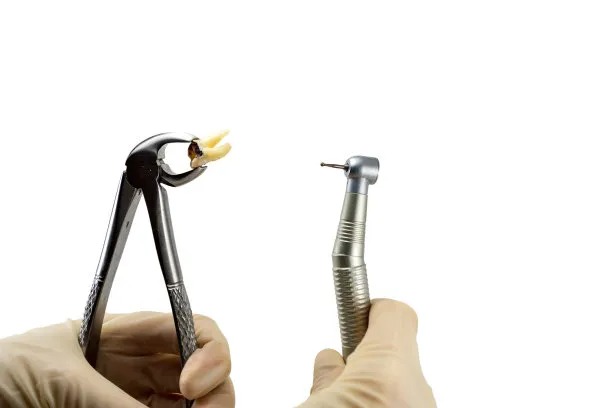Essential Guidelines to Follow for a Successful and Safe Dental Filling Experience
Summary: Dental fillings are common procedures aimed at restoring decayed teeth. A successful and safe filling experience hinges on several essential guidelines. This article delves into pre-procedure preparations, understanding the different types of fillings, the procedure itself, and post-treatment care. By following these guidelines, patients can ensure their dental filling experience is both efficient and comfortable, leading to lasting results while minimizing anxiety and discomfort. Understanding these facets will empower patients to take charge of their dental health and navigate the process with greater confidence and knowledge.
1. Preparing for Your Dental Appointment

Prior to your dental appointment for a filling, it is essential to communicate fully with your dentist. Providing a detailed medical history will allow the dentist to take into account any potential risks and tailor the procedure to your needs. This includes informing them about any medications you are on, allergies, or previous reactions to dental materials.
In addition to sharing your medical history, be sure to ask any questions you may have concerning the procedure. Understanding what to expect can alleviate anxiety. Discuss the reasons your dentist recommends a filling and what materials will be used, ensuring you feel comfortable with the entire process.
Moreover, consider scheduling your appointment at a time that is convenient for you, allowing you to avoid rushing in or out. This can greatly affect your overall comfort level and willingness to cooperate during the procedure.
2. Understanding Different Filling Materials
There are several types of filling materials available, such as amalgam, composite resin, glass ionomer, and resin ionomer. Amalgam fillings are durable and typically used for back teeth, while composite resin can be color-matched to your natural teeth, making them ideal for visible areas.
Glass ionomer is another option that is effective in releasing fluoride, thus promoting enamel healing. Patients should have discussions with their dentist regarding the pros and cons of each material, considering factors like appearance, durability, and cost.
Ultimately, understanding the various filling materials and their specific applications will help you make informed choices that align with your aesthetic preferences and oral health needs.
3. What to Expect During the Filling Procedure
When you arrive for your filling procedure, the dental team will first administer local anesthesia to numb the area around the affected tooth. This step is crucial to ensure comfort during the process. Patients should remain calm; feeling slight pressure during treatment is completely normal.
As the procedure progresses, your dentist will remove the decayed part of the tooth and clean the area thoroughly before placing the filling material. The duration of the procedure can vary, depending on the complexity of your case, but knowing what happens step-by-step helps in reducing anxiety.
Lastly, after the filling is placed, its important to give your dentist feedback about how the filling feels. Adjustments may be needed to make sure your bite feels comfortable, which is vital for long-term satisfaction with the filling.
4. Post-Treatment Care and Considerations
After the filling procedure, follow your dentist’s aftercare instructions carefully. Typically, it is advised to avoid eating or drinking hot or cold products until the anesthesia wears off to prevent damage to your tongue or cheeks.
Good oral hygiene practices are fundamental to prolong the life of your fillings. Brush twice a day and floss daily, taking care to clean around the filling to prevent further decay. Additionally, consider using a fluoride mouthwash to keep the area around the filling protected.
If you experience any discomfort, unusual sensitivity, or symptoms that persist beyond a few days, do not hesitate to consult with your dentist. Prompt communication can prevent complications and ensure the longevity of your treatment.
Summary:
In summary, navigating the process of dental fillings can be a lot smoother when patients understand how to prepare for their appointment, the types of materials available, what to expect during the procedure, and the necessary post-treatment care. Each of these elements contributes significantly to a positive filling experience that genuinely enhances your dental health.
This article is compiled by Vickong Dental and the content is for reference only.


